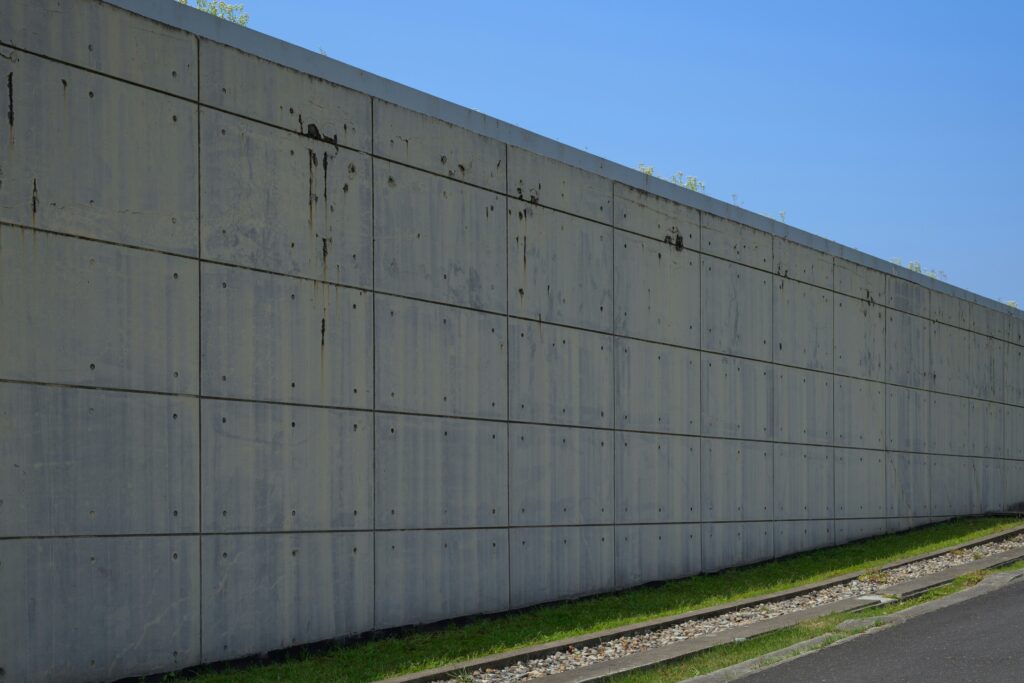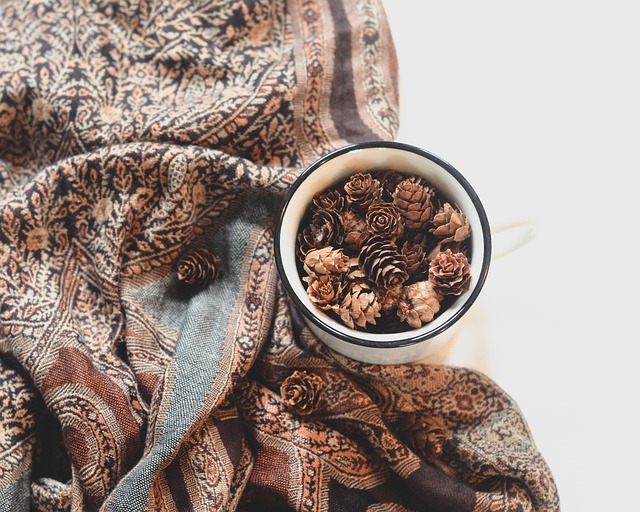The Power of Nature in City Living
More Than Just a Trend
Biophilic design isn’t simply a passing aesthetic—it’s a design philosophy rooted in our deep connection to nature. As urban environments become denser and more fast-paced, people are seeking spaces that restore calm, improve focus, and create a sense of balance. Biophilic design delivers on all three.
– Increases overall wellness by mimicking natural environments
– Enhances connection to the outdoors, even from inside apartments
– Applicable across styles—from minimalist to eclectic
The Real Benefits of Bringing the Outdoors In
Incorporating organic elements into interior spaces offers more than visual benefits—it actually supports mental and physical health. From lower stress to better air quality, the science backs up what many instinctively feel: we thrive when nature is nearby.
Proven Benefits:
– Psychological: Reduces stress, anxiety, and mental fatigue
– Cognitive: Enhances focus, creativity, and productivity
– Physical: Improves air quality, regulates humidity, and aids sleep patterns
The Urban Interior Challenge
Despite the benefits, designing with nature in mind in city environments comes with constraints. Limited space, access to sunlight, and air circulation are all common issues—but with smart planning, they can be overcome.
Key Urban Hurdles:
– Limited square footage: Especially in apartments and high-rises
– Minimal natural light: Narrow windows and dense surroundings reduce light exposure
– Restricted greenery options: Smaller indoor plants must substitute for outdoor gardens
Rather than seeing these challenges as blocks, consider them creative boundaries. With the right strategies, even the most compact urban spaces can feel like a natural retreat.
Step 1: Use Natural Materials (and Use Them Smart)
Wood, stone, and bamboo are the big three when it comes to grounding your space in nature. But knowing where and how to use them? That’s where design meets purpose.
Wood works almost anywhere—floors, walls, lighting, shelves. Lighter tones like oak or birch keep small urban spaces feeling open, while darker woods add contrast and warmth. Stone does heavy lifting in kitchens and bathrooms—think granite countertops or even a raw slate entry wall. Bamboo’s a favorite for those leaning green; it’s fast-growing, durable, and works well in furniture, blinds, or wall panels.
Raw textures in a city home hit best when paired with clean lines. A rough-cut wooden dining table next to matte black chairs. Polished concrete floors with a natural fiber rug. It’s all about creating tension between rugged elements and sleek finishes. That’s the sweet spot.
Sourcing matters. Look for FSC-certified wood, reclaimed materials, or stone sourced locally if possible. Ask for transparency—how it was harvested, processed, and transported. Sustainability isn’t just about the material itself, but how it arrives in your home.
Natural materials in a city home should feel solid, not staged. Use them mindfully, and your space will breathe—even if your nearest patch of forest is a rooftop garden.
Step 3: Greenery That Works Indoors
Bringing plant life into your urban interior isn’t just possible—it’s essential for injecting energy, texture, and calm into tight spaces. The key? Choosing the right plants and using them creatively.
Low-Maintenance Indoor Plants for City Homes
City dwellers need greenery that thrives without daily attention. These plants are resilient, beautiful, and perfectly suited to busy, low-light lifestyles:
– Snake Plant – Exceptionally hardy and ideal for low-light areas
– Pothos – Fast-growing, adaptable, and perfect for hanging planters
– ZZ Plant – Tolerant of irregular watering and low humidity
– Spider Plant – Air-purifying and great for shelves or wall mounts
– Peace Lily – Adds elegance while surviving with minimal care
Save Space with Vertical Gardens and Hanging Planters
Urban interiors demand smart space-saving ideas. Instead of spreading plants across floor space, go up and over:
– Install vertical garden panels on balcony walls or bare kitchen corners
– Use macrame plant hangers in windows or above furniture to draw the eye upward
– Add stacked plant shelves in small bathrooms, hallways, or entryways
– Create a cascading wall using trailing plants like pothos or ivy
Creative Ways to Place Greenery
Don’t just set plants on a windowsill—think beyond the pot:
– Frame a mirror with ivy or place a trailing plant over the edge of a bookshelf
– Line a floating shelf with small succulents or bonsai for modern appeal
– Use old glassware or jars as mini-planters for herbs in the kitchen
– Try a green headboard: mount a wall planter above the bed for a restful vibe
Whether you live in a studio apartment or a high-rise loft, there’s always a way to green your space. Start small, stay consistent, and let nature shape the way you live—even in the thick of the city.
Step 3: Natural Light and Airflow
Natural light and fresh air are the unsung heroes of a nature-inspired interior. In dense urban homes where space is tight and windows limited, knowing how to work with what you have makes all the difference.
Maximize Existing Light Sources
Don’t overlook the power of natural light. The right treatments and strategic layouts can make your space feel brighter, lighter, and more open.
– Sheer window coverings: Use light-filtering curtains to let sunlight in while maintaining privacy.
– Skylights (if you have them): Keep them unobstructed to bathe your space in overhead light.
– Glass doors: Consider replacing solid doors with frosted or clear glass panels to share light across rooms.
Smart Ventilation for Small Spaces
In city apartments, good airflow is essential but often overlooked. It impacts not just comfort, but also the longevity of your plants and the freshness of your space.
– Cross-ventilation: Open windows on opposite sides of the room or apartment to encourage fresh air flow.
– Air-purifying plants: Choose indoor greenery like peace lilies and snake plants that naturally filter air.
– Compact fans: Use window or tabletop fans to circulate air and add a gentle breeze.
Use Mirrors to Reflect and Expand
If natural light is limited, mirrors can work magic by bouncing sunlight around the room.
– Place mirrors across from windows to double the impact of available light.
– Use mirrored furniture or decor to shimmer and reflect brightness subtly.
– Lean tall mirrors against walls to give the illusion of depth and space.
Thoughtfully incorporating light and airflow doesn’t require a major renovation—just attention to detail. The result is a home that breathes, glows, and feels closer to nature, even in the heart of the city.
Step 4: Earthy Palettes Without the Boredom
Greens, browns, and neutrals are the backbone of any nature-inspired interior—when used with intention. Think olive over lime, clay over rust, bone over beige. These calmer tones create a sense of grounding, but alone they can feel flat. The trick? Contrast. Pair mossy green walls with matte black finishes. Add a walnut wood table to a concrete space. Let linen meet steel.
Layering is key. Try mixing warm and cool naturals—like a sandy-toned couch layered with a charcoal woven throw. A terracotta planter on a glossy white shelf. These combinations make nature feel modern, not outdated. They also help soften the cold edge of city living, especially when you’re surrounded by glass, metal, and hard lines. Use organic hues to blur those edges.
Don’t aim for perfection. A little texture variation—a raw stone tile next to a smooth wood panel—adds richness without noise. That balance is what makes urban nature design feel real, not themed.
Step 5: Organic Shapes and Natural Patterns
Incorporating nature into your home doesn’t always mean adding more plants. Sometimes, it’s about leaning into the subtle, visual cues nature offers—like organic forms and textures. This approach brings a quiet, calming energy without overcrowding the space.
Embrace Asymmetry in Furniture & Décor
Nature rarely deals in straight lines and perfect symmetry. By choosing pieces that mirror this organic unpredictability, you can add movement and softness to otherwise rigid urban interiors.
– Look for furniture with curved lines and irregular silhouettes
– Prioritize handcrafted or artisanal pieces for a more organic finish
– Avoid too much uniformity—variety in form reflects nature’s diversity
Natural Textures and Material Cues
Bringing nature in is as much about feel as it is about visuals. Materials that mimic outdoor surfaces add depth and character.
– Stone-inspired finishes on coffee tables or counters
– Wavy surfaces or hammered metal for lamps, vases, or side tables
– Use raw edges on wood elements to maintain a closer connection to nature
Subtle Motifs That Hint at Nature
You don’t need to turn your home into a rainforest to enjoy biophilic benefits. Small, thoughtful nods to the natural world can make an impactful design statement.
– Leaf or branch motifs on wall art, woven fabrics, or ceramics
– Wallpaper or tiles with nature-inspired patterns used sparingly
– Incorporate patterns from landscapes—think ripples in water or the grain of wood
Balance is Key
Too much nature-themed decor can feel overwhelming in tight urban living situations. The goal isn’t to replicate the outdoors, but to reference it.
– Use nature as an accent, not a takeover
– Mix organic shapes with streamlined urban pieces
– Let the shapes and patterns complement—not compete with—your existing style
Step 6: Water Features for Small Spaces
A bit of moving water can do more for your apartment than any scented candle or smart speaker trick. Tabletop fountains and mini wall waterfalls are some of the most efficient ways to inject calm into a tight, urban space. Their size works for window sills, counters, or corners that just feel off. And yes, the sound of flowing water isn’t just pleasant—it can be therapeutic, masking city noise and helping the mind settle.
What you get with these little features goes beyond vibe. Water naturally humidifies the air, which is a win in dry apartments. Some options even double as sculptural decor—a functional centerpiece with a pulse.
Maintenance doesn’t have to be a pain, either. Stick to distilled water to keep buildup in check. Clean the unit with a soft brush every couple of weeks, and check for debris so the pump doesn’t die on you. Keep it filled, plug it in, let it do its thing. Simple, quiet impact.
If your goal is to bring a bit of nature’s rhythm into the static walls of city life, this is one detail that punches above its weight.
The Balance Between Nature and Urban
It’s easy to get carried away with plants and raw textures, but too much of a good thing can tip a space into chaos. Overdoing the “green” aesthetic—think vine overload or trying to mimic a rainforest indoors—can make a city apartment feel cramped and impractical. The key is restraint. Choose a few focal points: a statement plant, a reclaimed wood bookshelf, maybe a stone accent wall. Let those elements breathe.
Biophilic design works best when it feels natural in the context of city life. That means blending it with modern, urban decor—sleek metal finishes, clean lines, minimal clutter. A matte black lamp pairs just fine with a bamboo coffee table. Concrete and moss? Not only possible, but striking when balanced right.
Functionality shouldn’t be sacrificed for vibe. Your space still needs to do what it’s meant to do—so make sure your greenery isn’t blocking windows, your earthy textures aren’t snagging clothes, and the flow of the room stays open. Bottom line: nature in design should restore you, not overwhelm you.
Further Ideas & Inspiration
Bringing nature into urban interiors doesn’t mean cluttering your space with plants or driftwood art. When done right, biophilic design blends seamlessly with clean, modern styles—especially minimalist, industrial, and Scandinavian aesthetics.
In minimalist spaces, nature becomes the focal point. A single bonsai, a slab of raw wood for a coffee table, or linen curtains that sway with the breeze—these small moves can ground a room without bloating it. In industrial-style lofts, greenery softens exposed metals and concrete. Tall snake plants or climbing ivy bring life where cold materials dominate. The trick is contrast: steel meets leaf, rust meets moss.
Scandinavian interiors, with their love of light and natural textures, practically welcome biophilic design. Think earthy textiles, blonde woods, ferns tucked into ceramic pots. The key is restraint. Let materials speak for themselves: wool, stone, terracotta.
Designers known for this blend preach the same idea—edit carefully, stay intentional. They recommend focusing on a sensory experience: a touch of grain under your palm, filtered sunlight through leaves, the faint sound of trickling water. That’s what makes a home feel human.
Related read: Modern Interior Design Trends You Should Try Now
Final Thoughts
Nature doesn’t belong only in cabins and countryside escapes. It’s not a luxury—it’s a basic part of good design. Even in the middle of a dense, noisy city, you can create a home that feels calm, steady, and human.
This doesn’t require a full overhaul. Start small. One well-placed plant on a shelf. A raw wood tray on your counter. Linen curtains that catch the light right. These little shifts softens edges—visually and mentally.
The point isn’t to turn your apartment into a forest. The goal is balance. Something that lets you take a breath when you walk in the door. When you bring in nature—even in modest ways—you ground the space. And in a world that’s louder, faster, and more digital than ever, that grounding matters.




